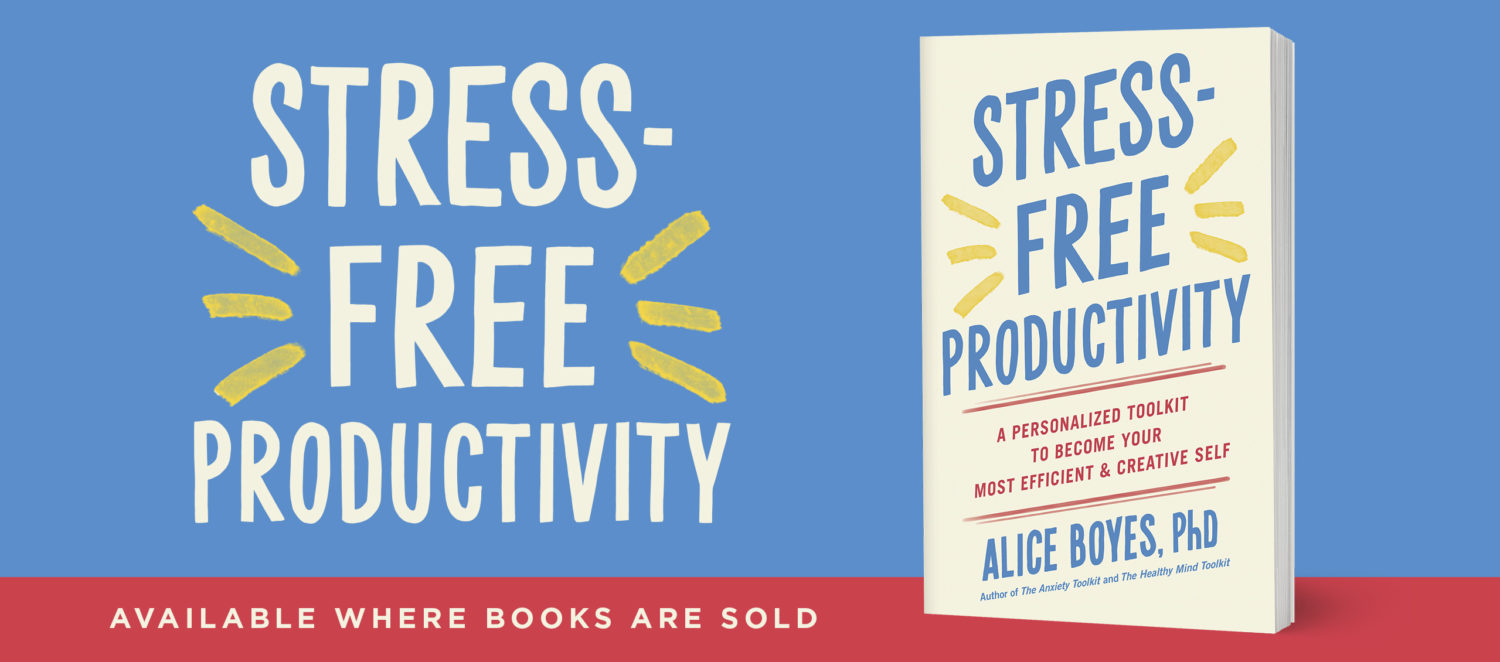Positivity by Dr Barbara Fredrickson – Book Review
You can get the unabridged audiobook version of Positivity (download it to your computer in a few minutes) COMPLETELY FREE with this free trial of Audible Positivity Barbara Fredrickson Audiobook.
“Positivity” is part of a new generation of self help books based on sound scientific research from Positive Psychology. Positive Psychology is a newish field of psychology (it began in the late 1990s) that is defined by its focus on positive emotions (e.g., joy, serenity, hope, pride, inspiration, awe, gratitude, interest, amusement, and love).
Dr Fredrickson has been one of the people at the forefront of the positive psychology movement. She’s well-respected, and her ideas and research are influential.
There are a couple of big concepts in this book (there are more than a couple but these are what most stood out to me).
The first big concept is the “Broaden-and-Build Theory”. It’s an important and popular theory in psychology. Dr Fredrickson developed it and it’s well supported by research. The Broaden-and-Build Theory explains how increasing positive emotions creates an upward spiral that not only leads to future positive emotions but also leads to more open, creative, and flexible thinking processes, enhanced psychological strengths (like being more resilient, accepting, and more driven by purpose), better social connections, and even better physical health.
The mechanisms of how and why this works are well explained in the book and are compelling. Anyone who has had an impression that spending time working on increasing positive emotions is self indulgent will have their mind changed by reading about this theory and the supporting research.
A second big concept is the idea of a “Positivity Ratio”. This refers to the ratio of positive to negative emotions needed to get the Broaden and Build effect. The ratio is 3:1. To flourish, its helps if people experience 3 or more positive emotions for every 1 negative emotion. (UPDATE: Dr Fredrickson has published an online test for calculating your Positivity Ratio).
What’s cool about the Positivity Ratio is that people can use it to do psychological detective work digging around in their own day to day experiences. The book contains a description of how to do this using self monitoring (making simple ratings of your activities and emotions using a specific format). This kind of self monitoring is part of virtually every effective psychological intervention. It takes some effort and time, but the information you’ll learn about yourself and your life from self monitoring will be well worth it. It’s by far the best way to get accurate self information that you can then use to “up” your Positivity Ratio.
Another theme of the book that I really liked is that emphasizes different kinds of positive emotions. Something I’ve learnt as a clinical psychology PhD is that most people think of themselves as feeling happy or not happy, or good or not good, rather than distinguishing which specific emotions they’re feeling, and which specific emotions they want to experience more or less of. Learning to habitually think about which particular emotion you’re experiencing is a critical psychological skill for people who want to increase their positive emotions or decrease their negative emotions. Why? Because if you want to increase feelings of serenity in your life the strategy you use will likely be different than if you want to increase feelings of excitement. (Ditto for negative emotions. If you’re lonely, what you should do about it is obviously different than what you should do if you’re angry).
The opening example of the very first chapter of this book is fabulous. It beautifully illustrates how people get a new opportunity to influence their own emotions in each new moment of their lives by making micro decisions about which perceptual filters to use for interpreting their world as it is at that moment. I liked this a lot because it makes changing emotions less daunting. Each moment in our lives provides a new opportunity to enhance our emotional experience. We get lots of second chances to access Broaden and Build effects. Something else the example illustrates is that we’re always making choices about which emotions we experience even if we’re not consciously aware of this.
A lot of the strategies for increasing positivity included in the book will be familiar to most people (e.g., meditation, gratitude exercises), but to my mind this book is more about understanding the principles behind the strategies (how and why they’re effective) so you’ll be more likely to devote the effort to using them.
One of my absolute favorite things about this book was something I didn’t expect. Dr Fredrickson includes lots of brief anecdotes about how she uses the strategies she recommends in her own life (including how she has used them during challenging personal experiences). This bought a tremendous amount of warmth and the ring authenticity to the book. The touching personal examples showed the author as a real person as well as a very accomplished scientist. For example, Dr Fredrickson describes a ritual she has with her husband of asking to be “plugged in” when she needs a long hug. How sweet is that? And how easy (the instructions for getting plugged in are that the hug should be front-to-front and “last closer to a minute than to a second”).
Here’s the Amazon link for the book
—
If you liked this post, please Stumble it.
Head over to this page to read more posts about Psychology, Happiness, and Relationships from Dr Alice Boyes, Clinical psychology PhD, Christchurch, New Zealand.




